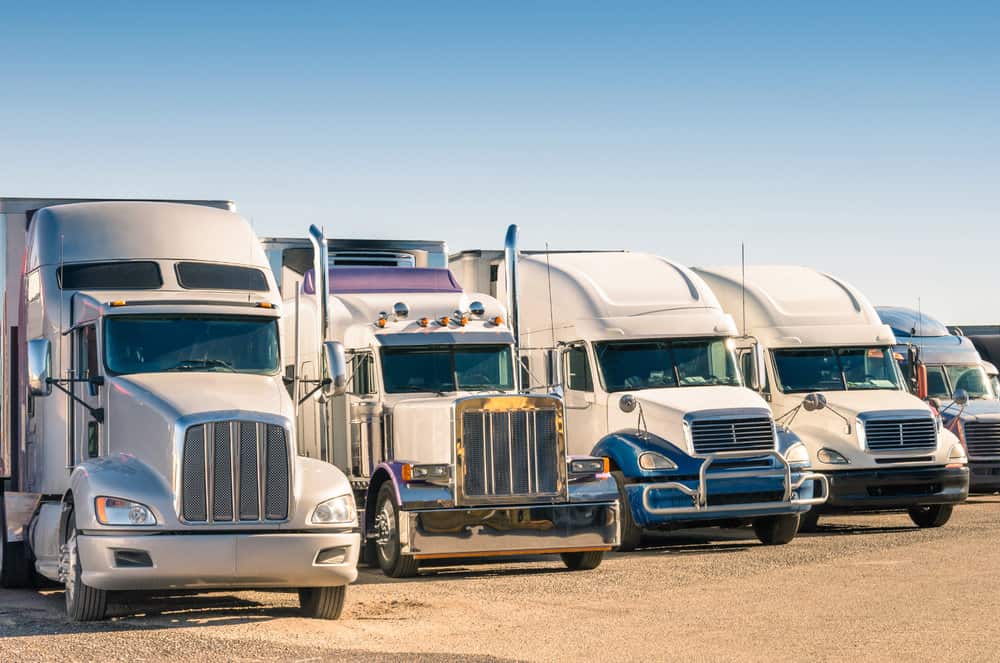
What specifically is driving the recent strong surge in volumes and pricing? Yes, parcel volumes associated with e-commerce continue to show outstanding rates of growth, with both FedEx and UPS reporting strong U.S. domestic volumes, but the current strength is more than just the ongoing growth of e-commerce.
On the capacity side, we should point out that most modes of transportation under-invested in infrastructure and capacity over the last 2 to 3 years, with the notable exceptions being FedEx, UPS, and XPO Logistics. Hence, capacity in general hasn’t expanded. The electronic logging device (ELDs) rule recently imposed on the trucking industry may not constrain capacity as much as is widely feared, but it certainly won’t expand capacity.
Capacity concerns aside, we believe this is much more of a demand story, and we see two basic factors at work on the demand side:
Industrial economy – we should first remind our readers that in the U.S. the 2009 – 2014 period was the first industrial led recovery since 1961. The advent of fracking and the substantial supplies of natural gas and crude oil that have been developed in the U.S. have lowered the global price of oil, made natural gas incredibly inexpensive, and made the U.S. the world’s largest producer of crude oil. Fracking and all the industrial activity that it spawned were a powerful economic boom to our country. In the 2010 – 2015 timeframe, 8 new chemical refineries, and 22 new plastic resin production plants were built. Feedstock for these facilities has become plentiful, the energy cost has dropped dramatically, and the U.S. has become the least expensive place in the world to make most plastic products. Then, as the price of oil fell from over $100 a barrel in 2014 to under $40 a barrel in early 2016, the same force that led the economic expansion died. In turn, as oil climbed back above $50 a barrel in the fall of 2016, industrial activity stopped contracting. In more recent months, as oil climbed above $55 and then above $60, industrial activity has returned to boom levels. Simply put, industrial activity is alive and well, and accelerating strongly. The recent changes to the tax law and the ability to accelerate depreciation, should only serve to further strengthen the capital intensive industrial economy.
Consumer economy – to be fair and accurate, there really hasn’t been a consumer recovery since 2009. Consumer income and consumer spending growth has been anemic. Then the stock market began to rally in the fall of 2016 and has continued to do so (the Dow Jones has broken through 26,000 as we write this). This has increased the confidence throughout the Baby Boomer demographic as they have watched the value of their 401Ks and other investments grow. Data suggests that they began to spend some of that increased wealth this holiday shopping season. Also at work is the millennial generation. After being long derided as “never going to start household formation,” they have begun to prove the critics wrong. Just as has been true for almost 100 years, each generation has waited a little longer to get married and buy that first house. The millennials are no exception. That said, there are more millennials than boomers. Millennials have started to form households, and have started the goods accumulation phase of their lives that accompanies it. Consumer spending is poised to be strong for the foreseeable future, and the recent appearance of some wage inflation only emboldens our view on this.
Bottom line, both the industrial and consumer economies are shifting into high gear. 2018 should be very interesting, stay tuned…
Stay up-to-date with the latest commentary and insights on FreightTech and the impact to the markets by subscribing.











